No one likes a hippy.
Which might explain the ambivalence many have towards Art Nouveau.
For with its floral motifs, visual dreamscapes, hopeless utopianism and all-pervading fascination with nudity, Art Nouveau is in many ways the original hippy movement. And this association may also be what bestows the preeminent international arts and architecture movement of the late 19th and early 20th century its unmistakable smack of kitsch, its perceived lack of contemporary cultural relevance.
However, according to the Museum für Kunst und Gewerbe Hamburg this popular understanding of Art Nouveau is wrong, or at least incorrectly founded and ignores many central facets of the movement, a state of affairs the museum attempt to correct in their new exhibition Art Nouveau. The Great Utopian Vision.

"In this exhibition we're not so much interested in defining Art Nouveau itself as in the motivations of the protagonists" explains curator Dr. Leonie Beiersdorf, "and through the exhibition hope to explain to visitors the background to Art Nouveau, including the social reform aspects and the criticisms of contemporary, mass, production inherent therein"
To this end Art Nouveau. The Great Utopian Vision presents photos, books and films from the period in conjunction with decorative and functional objects by the likes of Peter Behrens, William Morris or Alfons Mucha which are intended to help explain the (hi)story of the movement's development. Familiar Art Nouveau themes such as natural paradises, exotic worlds, mythology and nudity are represented but also more unfamiliar influences on the, then, fledgling movement: Marx questioned work and toil, Nietzsche the pursuit of happiness, Gauguin transported us to far of lands, Freud deep into the recesses of our souls, "in many ways the motivations of the Art Nouveau artists can be seen as fleeing contemporary society, attempts to escape from the industrialisation of the modern world", explains Leonie Beiersdorf. The reality that they were fleeing from can be found in the images of the suffragette movement, child labour and urban poverty.
As alternatives to this new reality Art Nouveau sought solace in new form languages based in nature, in a return to handicraft and sustainable consumption, in a focus on spiritual and bodily health and in nudity.
A state of affairs which brings up a fairly obvious question.
And drugs? We ask.
Leonie Beiersdorf laughs. "When one views for example the objects concerned dreams and the unconscious one could think so, however in terms of the artists we feature here we've not found any evidence, but I wouldn't rule it out"

Viewing The Great Utopian Vision reminds us a lot of visiting the exhibition rooms in the Danish Design Museum in Copenhagen; everything you want is there, photos, videos, furniture, clothing, a 1911 "Solar" hygienic light bath, glassware, cutlery ..... just life itself is missing.
It does what it does very well, provides a nice introduction to the development to Art Nouveau and that without drowning the visitor in swathes of incomprehensible information; the short, accessible texts explaining succinctly what the curators want to convey, the videos back up these messages and the historical objects nicely illustrate how the spirit of the age was transformed into art, both pure and applied. And does so particularly effectively when an object and an historic photo showing said object in use or in situ are placed next to one another. And so yes one would be justified in asking us what more it should do? Should it entertain as well as inform? We say yes, or at least give some semblance of life, that it is interested in our company. But that it informs is the most important. And that it does. Everything else is something for museologist conventions.

For the Museum für Kunst und Gewerbe Hamburg Art Nouveau is not just a topic for a temporary exhibition, but one of the bedrocks on which the museum is based. The Hamburg museum was one of the first, arguably the very first, museum in Europe to actively collect contemporary applied arts rather than historic artefacts, a process that began around 1900 under the institute's founding director Justus Brinckmann and which was based on very clear philosophy. "Justus Brinckmann said that we must exist in the here and now and that we must deal with current themes" explains Dr. Claudia Banz, head of the museum's art and design collection. "Until Brinckmann applied arts museums were generally backward looking, served as reference collections for industry, and so collected objects that provided historical reference. When Justus Brinckmann decided to begin collecting contemporary objects it was the start of a new century, there was upheaval and change in many contexts, not least new developments in the arts, and so it made sense for an applied arts museum to start not only collecting but also concerning itself with what was contemporary"
To help visitors better understand this spirit of evolution that inspired Justus Brinckmann the Museum für Kunst und Gewerbe Hamburg have recently restyled their permanent Art Nouveau exhibition, including a new recreation of the museum's historic Pariser Saal - Paris Room - a display space where Brinckmann once presented his latest purchases from the Paris exposition. Further rooms in the permanent exhibition present works by, amongst others, Henry van de Velde, Charles Rennie Mackintosh, Richard Riemerschmid, Carlo Bugatti and the various Wiener Werkstätte protagonists.
In addition the new permanent exhibition also beautifully demonstrates just how decadent Art Nouveau could be: many of the objects presenting a level of formal extravagance that would make Louis XIV blush. And which is one of those aspects of Art Nouveau that has always amused us, this juxtaposition of utopian, democratic new world thinking and egoistic, privileged old world materiality. The reason for the contrast is unquestionably to be found in the banal reality of the artists customers rather than any hypocrisy on the part of the artists and architects involved. Or as William Morris, one of the leading lights of Art Nouveau and an ardent socialist, is reputed to have answered when asked by a visitor to his workshop what he was currently doing, "with my sweat I am creating objects so expensive only the richest capitalist can afford them!"
Then as now designers and craftsman understood that bills need to paid and that debtors rarely accept strong ideals, preferring hard cash.

Art Nouveau eventually gave way to what we understand today as Art Deco and ultimately directly influenced and helped form the ideals of international modernism. The furniture and art of the leading protagonists can be found in all important museums and the architecture of the period continues to define and enliven cities as varied as Paris, Vienna, Glasgow or Budapest. But is Art Nouveau still relevant? "Yes", replies Leonie Beiersdorf, "most definitely. There is, for example, a lot of consumer criticism in Art Nouveau, the movement questioned under what conditions are our mass produced articles being produced, where is that taking us as a society, and if, when we gave a little more thought to what we purchase and how, could we create a better world? Such thoughts and themes were relevant then and remain so today."
And the hippies?
Ultimately the Summer of Love gave birth to many of the most important social, political and environmental movements of the 20th century, pointed to new directions in civil and personal responsibility, questioned conventional understanding of gender, class and race relations, the counterculture awareness the hippies helped instigate and propagate eventually brought us punk, and just as with Art Nouveau the hippy teaches that the majority of the consumer trappings we passionately believe we need, we don't.
And so maybe we shouldn't be too hard on hippies.
For as with Art Nouveau we've a lot to be thankful to them for. Or would have if we heeded the messages rather than concentrating on the superficial, visual, expressions.
And the all-pervading nudity.








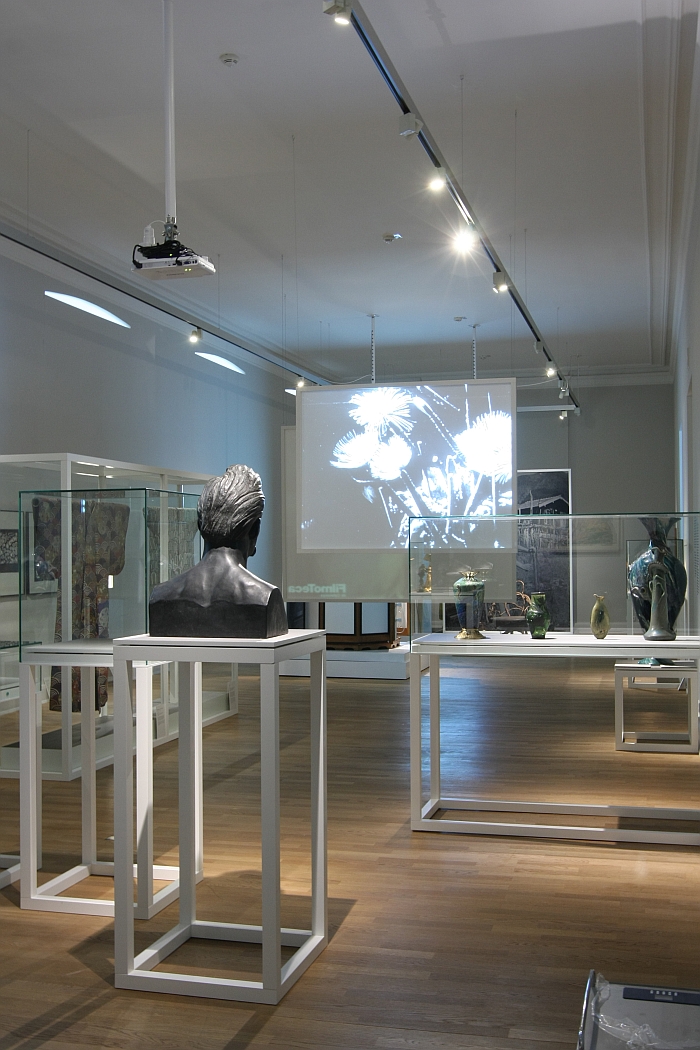
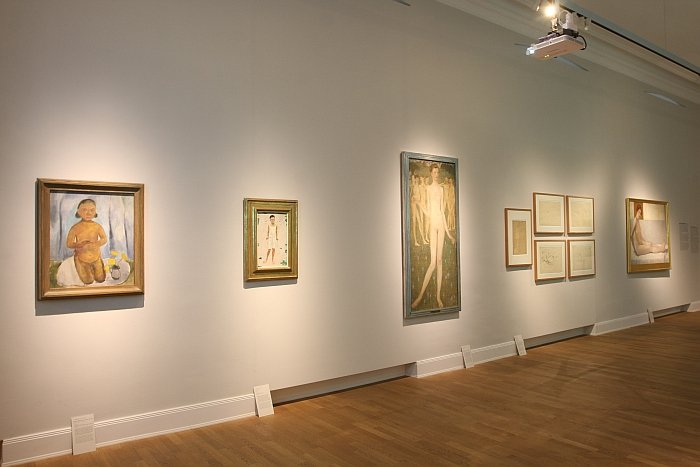

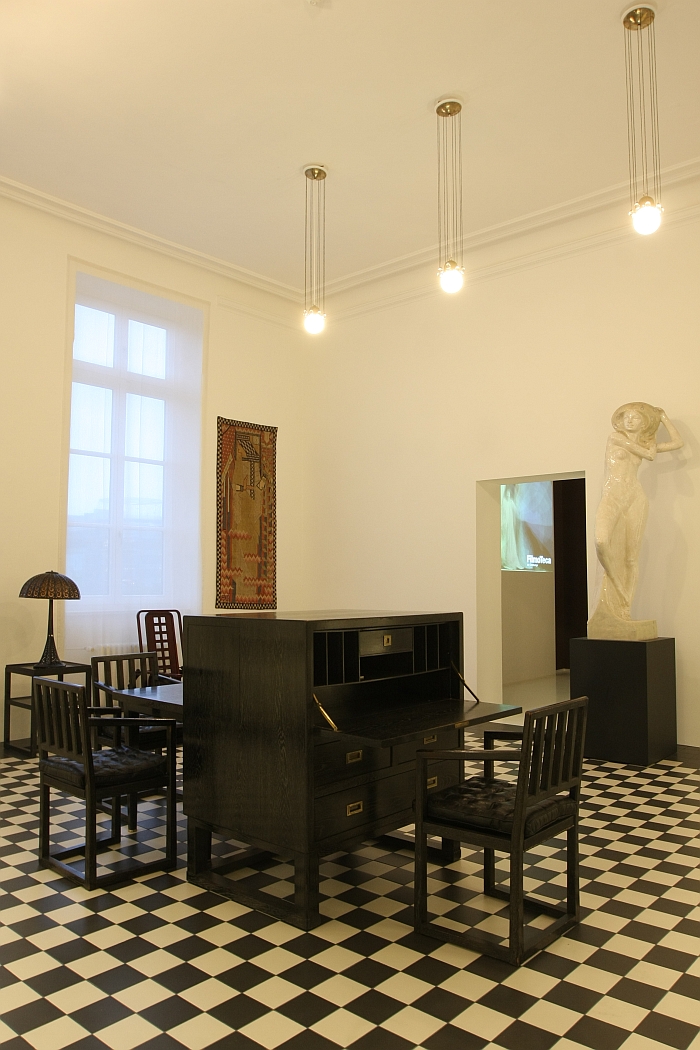
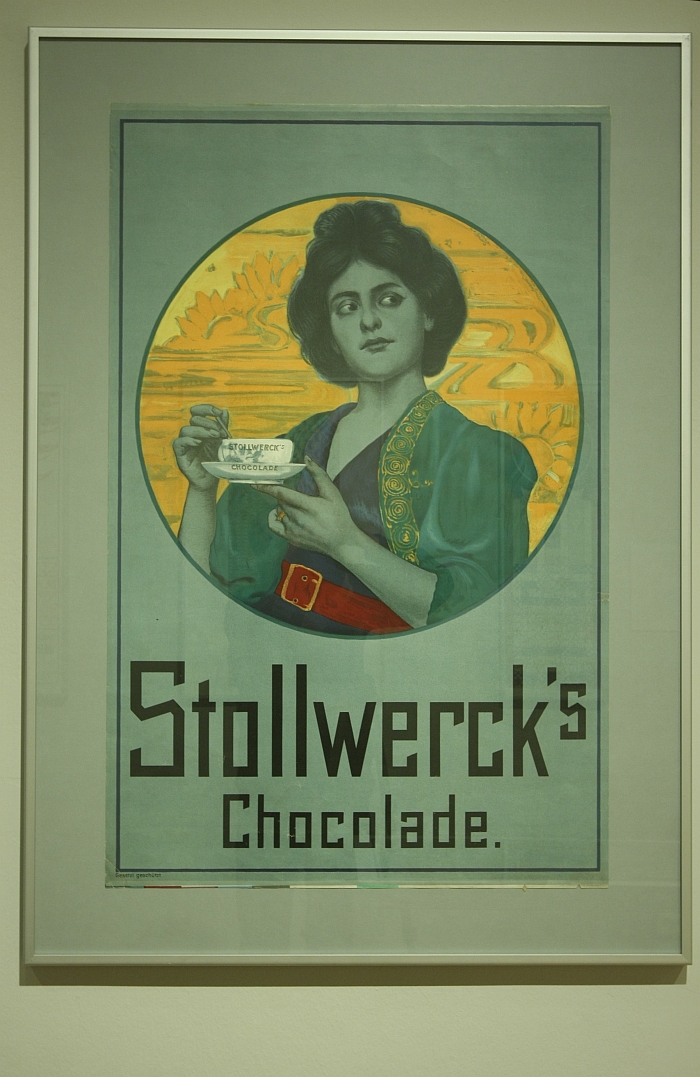
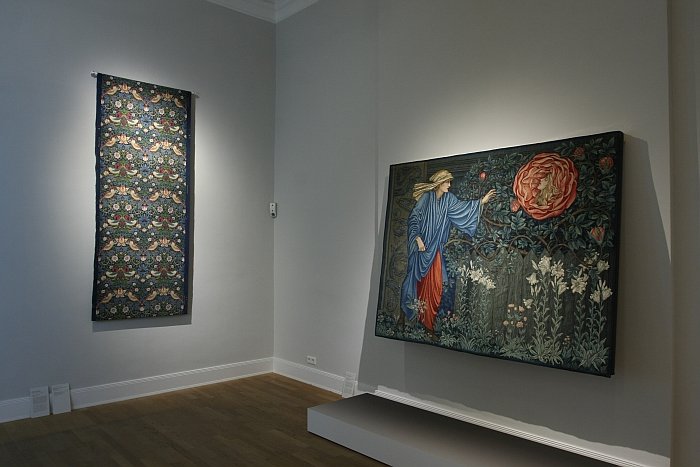

Art Nouveau. The Great Utopian Vision can be viewed at the Museum für Kunst und Gewerbe Hamburg until Sunday February 7th. Full details, including information on the accompanying fringe programme, can be found at www.mkg-hamburg.de